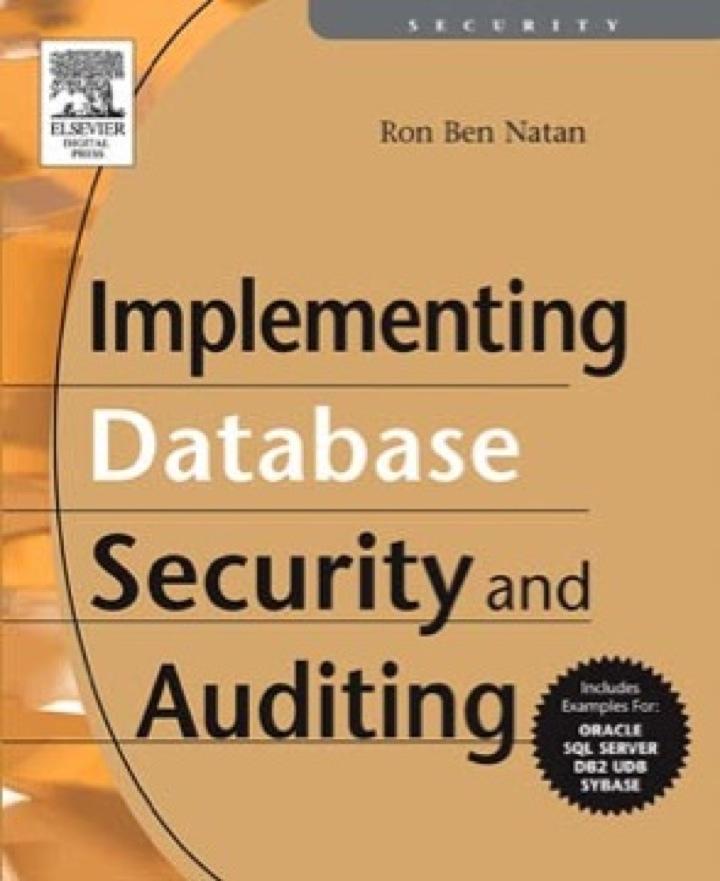Basic Net Present Value Analysis instructions Amount Descriptions Present Value Tables Schedule of Cash Flows NPV Calculation Instructions Jonathan Butter, process engineet, knows that the acceptance of a new process design will depend on ta economic abity. The new process in designed to prove onironmental performance. On the negative side, the process design requires new equipment and an infusion of working capital. The equpment will cost $1.200,000, and its cash operating expenses will total $270,000 per year. The equipment will last for 7 years but will need a major overhaul conting $120,000 at the end of the fin you. At the end of 7 years, the equipment will be sold for $10,000. An increase in working capital totaling $120,000 will also be needed at the beginning. This will be recovered at the end of the 7 years On the positive side, Jonathan estimates that the new process will save $400,000 per year in environmental costs (nes and clowup costs avoided). The cost of capital is 12% Required: 1. Prepare a schedule of cash flows for the proposed project. (Assume that there are no income tas) 2. Compute the NPV of the project. Should the new process design be accepted Instructions Amount Descriptions Joi pe refer to the list below for the exact wording of an amount description within your schedulo. Hity. The new process is designed to uipment will cost $1,200,000, and its at the end of the fifth year. At the end This will be recovered at the end of th ex eg Or hd cleanup costs avoided). The cost Amount Descriptions Equipment Equipment operating costs Cost savings Overhaul Recovery of working capital Salvage value Total Working capital Walue Analysis Instructions Amount Descriptions Present Value Tables Schedule of Cash Flows NPV Calculation Prenent Value Tables Two present value tables are provided: Present Value of a Single Amount and Present Value of an Annuity Use them as directed in the problem requirements M 2% 3% 4% 5% 6% Present Value of a Single Amount 8% 9% 10% 0.93458 0.92593 0.91743 0.90909 7 125 14% 16% 18% 20% 1% 0.99010 0.98030 1 0.98039 0.97087 0.89286 0.00207 0.84746 0.8333 2 0.94340 0.89000 0.95117 0.96154 0.92456 0.88900 0.95238 0.90703 0.86384 0.94260 0.87719 0.76947 0.87344 0.82645 0.79719 0.74316 0.71818 0.8944 3 0.94232 0.91514 0.83962 0.81630 0.97059 0.96098 0.75131 0.71178 0.87497 0.54066 0.5781 4 0.82385 0.88849 0.85480 0.82270 0.79209 0.78200 0.68301 0.63552 0.4822 0.55229 0.47611 5 090573 0.60863 0.51579 043711 037043 0.86261 0.821 0.78353 0.74728 0.85734 0.84168 0.79383 0.77218 0.73503 0.70643 0.68056 0.64993 0.63017 0.59627 0.58349 0.54703 0.54027 0.50187 0.95147 0.94205 071299 0.59200 0.51937 0.45559 0.62092 0.56447 0.56743 0.50663 0.4013 0.334 0.83748 0.79031 0.74622 0.66634 0.41044 0.70496 0.66506 7 0.88797 0.87056 0.85349 0.81309 0.75992 0.51316 0.83272 0.92348 0.2790 0.71068 0.67684 0.62275 0.58201 0.45235 0.40388 0.39954 0.35363 0.35056 0.30503 0.31393 0.26604 8 0.78941 0.73069 0.62741 0.46651 0.2225 Present Value Tables Present Value of a Single Amount and Present Value of an Annuity. Use them as directed in the problem requirements 34 97087 94260 91514 096154 0.92456 0.88900 Present Value of a Single Amount 6% 7% 8% % 10% 12% 0.94340 0.99458 0.92593 0.01743 0.0009 0.80286 089000 0.87344 0.85734 0.84168 0.82645 0.79719 0.83062 0.81630 0.78383 0.77218 0.75131 0.71178 0.79209 0.76290 0.73503 0.70863 0.68301 0.63552 0.74726 0.71200 0.68058 0.6493 0.6.2012 0.56745 0.70106 0.66634 0.63017 0.50627 0.56447 OS 0.66506 0.62275 0.58049 054700 0.51316 0.45235 0,62741 0.58201 0.54027 0.50167046681 0.40380























